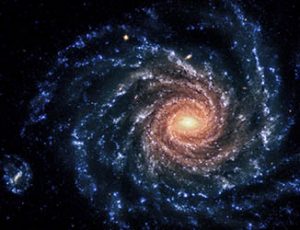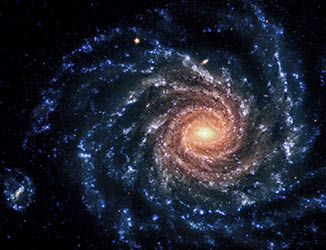 Stefan Kautsch, Ph.D., associate professor at NSU’s Halmos College of Natural Sciences and Oceanography, presented two posters at Discs in Galaxies, a research conference held in Garching, Germany, July 11–15, 2016.
Stefan Kautsch, Ph.D., associate professor at NSU’s Halmos College of Natural Sciences and Oceanography, presented two posters at Discs in Galaxies, a research conference held in Garching, Germany, July 11–15, 2016.
The joint international conference, hosted by the European Southern Observatory (an intergovernmental organization that operates the largest telescopes in the world) explored the importance of stellar and gaseous discs in a variety of galaxies—from high redshift to the Milky Way—in the context of exciting new observations and numerical simulations.
At the conference, Kautsch presented star-forming and dark matter properties of super-thin spiral galaxies. “Our spectral observations were obtained by my collaborator Dmitry Bizyaev, Ph.D., an observing astronomer at Apache Point Observatory in New Mexico. He used its 3.5-meter telescope to observe our sample of spiral galaxies,” Kautsch said.
Questions addressed at the conference included the following. What can the kinematic and chemical structure of the Milky Way and nearby galaxies tell us about their earlier evolution? What processes are given the duty cycle of self-regulated star formation and can these explain the exponential profile of stellar discs? Can we reconcile the evolving mass-metallicity relations in the context of models for gas inflow and outflow?
During his stay in Europe, Kautsch also spoke at regional schools and was invited to lecture at a colloquium at the University of Innsbruck, Austria.

